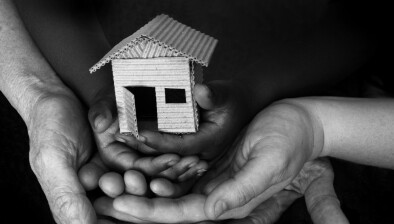West Dunbartonshire homelessness service supports 500 vulnerable people throughout lockdown

More than 500 vulnerable residents have been supported by West Dunbartonshire Council’s homelessness and housing options team so far during the COVID-19 pandemic.
The team, which continued to operate a 24/7 service throughout lockdown, increased the provision of accommodation by 40% to meet demand.
Since March, 444 people have presented as homeless, with 370 households offered accommodation. This has included 105 residents who were homeless as a result of domestic abuse and 142 young people.
The numbers represent a 32% increase on the same period last year.
Councillor Diane Docherty, convener of housing and communities, said: “The coronavirus pandemic has impacted us all, but those who are facing homelessness have been hit extremely hard. These figures show the service was able to continue its hard work throughout the difficult period of lockdown to ensure our most vulnerable residents were fully supported when they needed it most.
“Thanks to this service’s hard work, these 370 households were provided with somewhere safe and secure to go, avoiding the dangers of rough sleeping.”
Councillor Caroline McAllister, vice convener of housing and communities and the council’s Violence Against Women Champion, added: “Lockdown has resulted in an increased risk for women and children living in homes where domestic violence is an ever-present risk.
“Thankfully the service was on hand to offer victims alternative accommodation as well as linking them with the support available from council partners such as Women’s Aid.”
The information was presented to the council’s housing and communities committee yesterday in a report which also detailed the success of homelessness initiatives in reducing incidences in the area.
Since the introduction of the More than a Roof in 2017, incidences have fallen from 1048 a year to 1021 in 2019/20, and incidences of youth homelessness have gone down too, from 290 to 273.
The report also highlighted the success in maintaining the record of offering temporary accommodation to every single household who presented as homeless.
It also outlined how the achievements would be progressed through the development of the Rapid Rehousing Transition programme, Home at the Heart.
Home at the Heart is a five-year approach to further reduce homelessness in the area by ensuring homeless people are fast-tracked to settled accommodation as quickly as possible, and reduce the need for temporary or emergency solutions.
Its key aim for Year 1 was to reduce the average length of stay in temporary accommodation for homeless households from 23 weeks to 20 weeks, a target which was surpassed, with the average length of time spent in emergency accommodation reducing to 15 weeks in 2019/20.








